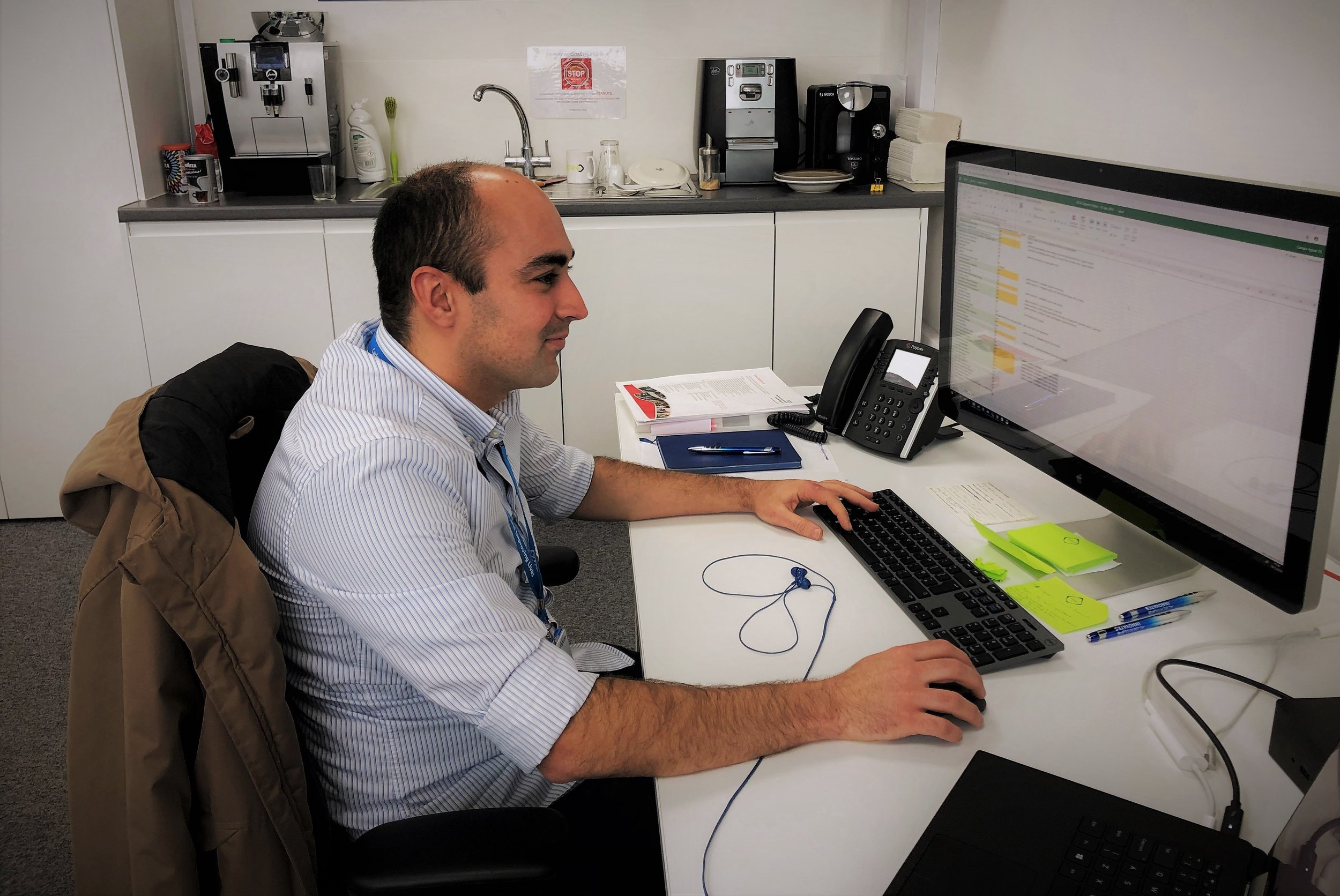Now, that is an interesting question, and if anyone tells you they know the answer then they are lying. Nobody can predict the future accurately, however we should at least try and work out the rough direction that we are heading in order to prepare for it as best as possible, knowing that we will still need to adapt over time as things change.
This reminds me of a quote from Mark Twain, ‘It ain’t what you don’t know that gets you into trouble. It’s what you know for sure that just ain’t so’.
Uncertainty was echoed in the ex-governor of the Bank of England Mervyn King’s book; The end of Alchemy, where he explained that regardless of the economic models that have been designed by the smartest minds throughout the decades from Bagehot to Friedman and Keynes, it is radical uncertainty that prevents us being able to truly know the future.
So let’s start with a few of the things that we do know:
1. Use of technology is increasing, the time we spend online has doubled over the past 10 years [i], however increase in labour productivity in the UK, which has been on an almost straight line trajectory since 1971 has started to tail off since the global financial crisis in 2008[ii].
2. Clinical trials are costing more and taking longer to complete[iii], both of which will impact R&D investment decisions by Pharmaceutical companies, as well as concentration and investment by governments on improving the setup and delivery of research. The UK Government has already committed to increasing the share of GDP spent on R&D to 2.4% by 2027[iv]
3. Geopolitical tensions are high; The UK in a transition period out of the EU; Countries like Greece and Italy within the EU are trapped in a debt cycle, trade tensions are high between the US and China.
4. The departure of the UK from the EU, and therefore binding EU legislation, will mean the alignment between the two may be subject to change. The new EU Clinical Trials Regulation (CTR) will not be in force in the EU at the time that the UK exits the EU and so will not be incorporated into UK law on exit day. The Government issued an update on the CTR during the implementation period, with a clear commitment to align where possible with the CTR without delay when it does come into force in the EU, subject to usual parliamentary approvals.[v]
The outcome of these points means the UK will need to position itself competitively to continue to attract high quality researchers and research, whilst maintaining alignment with the EU in certain legislative aspects that streamline international setup and delivery. The departure from the EU may provide opportunities in the UK to create legislation and policy to increase the attractiveness of conducting research, although this will no doubt be tempered by the relationship the UK will still need to have with the EU in order to access certain services.
For the UK, and any country in fact, to improve its attractiveness as a research hub, one key aspect is efficiency. Efficiency drives down costs and increases speed, both of which are obvious attractions in relation to point 2 mentioned above. Efficiencies can rarely be achieved by individuals and instead require people to work together to solve problems at a large scale.
So despite the UK leaving the EU, and despite rising geopolitical tensions across the world, in order to solve the labour productivity issues and to reduce the cost of delivering clinical research, people will need to work together more than ever.
For years now, this is what our department has been trying to achieve subtly through the use of technology such as EDGE, but also through the social interactions that surround technology and how we work with and interact with the research community, both in the UK and beyond. By realising the potential of integrated research ecosystems, both technological and community, we can finally start to address the efficiencies and productivity gaps. EDGE is now used across 80% of NHS Trusts, broadly across Scotland and also Northern Ireland. If this reached 100%, we could finally have a competitive advantage to increase the attraction of research to the UK through a single national standardised research management platform used by all public Hospitals. This platform could be leveraged to engage sites with sponsors and offer new research opportunities to patients.
This situations is not unique to the UK though, and with other countries joining in with the EDGE programme, the benefits of working together, solving problems as a collective, sharing best practice and reducing duplication will all lead to the improvements in the delivery of clinical research that ultimately benefit the patients we serve.
[i] www.ofcom.org.uk/about-ofcom/latest/media/media-releases/2015/time-spent-online-doubles-in-a-decade
[ii] www.tradingeconomics.com/united-kingdom/productivity
[iii] https://www.ohe.org/system/files/private/publications/380%20-%20R%26D%20Cost%20NME%20Mestre-Ferrandiz%202012.pdf?download=1
[iv] https://www.abpi.org.uk/media/7607/rmi-0128-0919-clinical-trials-report.pdf
[v] https://www.gov.uk/government/publications/further-guidance-note-on-the-regulation-of-medicines-medical-devices-and-clinical-trials-if-theres-no-brexit-deal/further-guidance-note-on-the-regulation-of-medicines-medical-devices-and-clinical-trials-if-theres-no-brexit-deal







